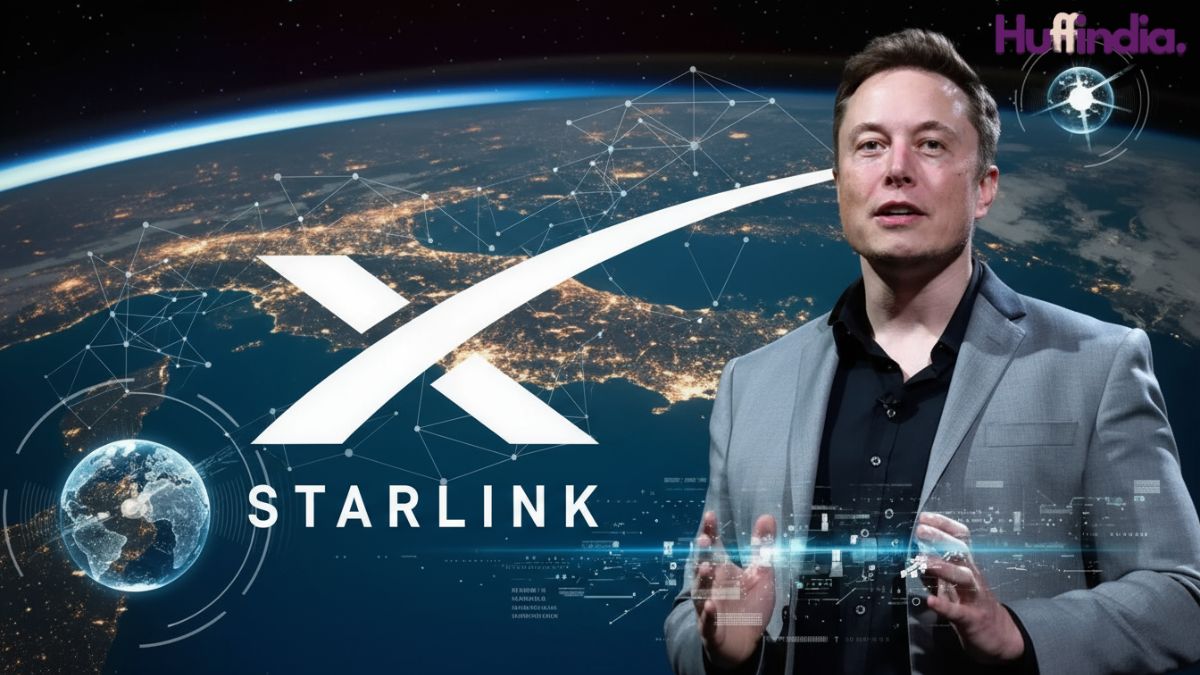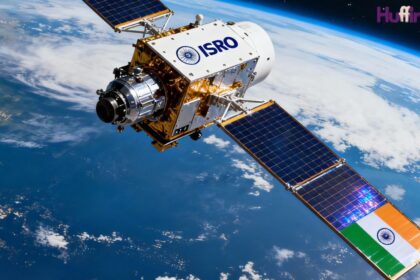Elon Musk’s Starlink satellite broadband service commenced critical security and technical demonstrations in Mumbai on October 30-31, 2025, marking a decisive step toward its long-awaited commercial launch in India. The demonstrations, conducted before designated law enforcement agencies using provisionally assigned spectrum, showcase Starlink’s compliance with stringent security conditions mandated under India’s Global Mobile Personal Communication by Satellite authorization framework. Starlink India launch searches have surged across internet platforms as millions of Indians anticipate satellite broadband connectivity in rural and remote areas.
The two-day trial represents an essential regulatory prerequisite before Starlink receives final clearances to begin commercial operations. SpaceX has established three ground stations at Mumbai’s gateway location, which will serve as the company’s operational hub for the Indian market.
Security Compliance and Lawful Interception
Demonstrating Legal Compliance Framework
The Mumbai demonstrations focus specifically on proving Starlink’s adherence to India’s Lawful Interception System requirements, critical security frameworks enabling law enforcement agencies to monitor communications when legally authorized. This compliance represents a non-negotiable requirement for any telecommunications provider operating in India, reflecting the government’s emphasis on national security.
Law enforcement officials will evaluate Starlink’s ability to implement real-time data interception, traffic monitoring, network control mechanisms, and data retention protocols aligned with India’s telecommunications security architecture. The Department of Telecommunications has made explicit that no satellite communications provider can commence commercial services without demonstrating full compliance.
Gateway Infrastructure Expansion Plans
Starlink has informed the Department of Telecommunications about plans to establish three initial gateway stations in Mumbai, Noida, and Chennai, with expansion to nine or ten gateway locations planned following commercial launch. The proposed expansion sites include Chandigarh, Kolkata, Lucknow, and Hyderabad, creating comprehensive coverage infrastructure spanning India’s major metropolitan regions.
The Mumbai gateway represents Starlink’s primary operational hub where current demonstrations occur. SpaceX has completed installation of three ground stations at this location, with government inspections scheduled during the demonstration period.
Market Capacity and Service Projections
600 Gbps Capacity and User Coverage
Starlink has applied for 600 gigabit per second capacity over India through its Generation 1 satellite constellation, potentially supporting approximately 100,000 simultaneous connections based on preliminary calculations. This capacity represents substantial bandwidth allocation for India’s initial rollout phase, with significant expansion potential as additional gateway infrastructure deploys.
The Department of Telecommunications provisionally assigned spectrum specifically for security and technical demonstrations, allowing Starlink to conduct live tests using actual satellite connectivity rather than simulated environments.
India’s Satellite Communications Boom
India’s satellite communications market currently stands at approximately $4.3 billion, with projections indicating explosive growth to $14.8 billion by 2033, according to Communications Minister Jyotiraditya Scindia. This near-tripling of market size reflects surging demand for broadband connectivity in underserved rural and remote regions where traditional fiber or cellular infrastructure remains economically unviable.
Approximately 30 percent of India’s population lacks reliable high-speed internet access, creating substantial market opportunity for satellite-based solutions.
Competitive Landscape and Market Dynamics
Three-Way Satcom Race
Starlink enters an increasingly competitive Indian satellite broadband market alongside Bharti-backed Eutelsat OneWeb and Reliance’s Jio-SES. All three operators have received provisional spectrum allocations for security demonstrations. Each operator is racing to establish first-mover advantage, with industry observers characterizing the competition as transformative for India’s telecommunications landscape.
The commercial launch timeline depends primarily on the Telecom Regulatory Authority finalizing spectrum pricing recommendations. Industry analysts project potential commercial launch during late 2025 or early 2026, with January-February 2026 representing the most probable timeframe.
Stringent Security Requirements
The Indian government has imposed rigorous security conditions reflecting heightened sensitivity following unauthorized Starlink device discoveries in border regions during 2024. Current security requirements mandate that only Indian nationals operate gateway stations until foreign personnel receive security clearances from the Ministry of Home Affairs.
All data generated during testing phases must remain within India, and operators must provide regular detailed equipment inventories to regulatory authorities. The Department of Telecommunications requires all network and data routing systems remain physically located within India, with geo-fencing technology preventing cross-border signal interference.
Rural Connectivity Focus and Technical Specifications
Serving Underserved Populations
Parnil Urdhwareshe, Starlink’s India Market Access Director, emphasized that serving rural users represents fundamental to Starlink’s mission. He noted: “A very large percentage of Starlink users are residential users who live in rural areas, and a very large number of those users are people to whom Starlink was the first option they had for truly great broadband.”
This focus aligns with Indian government priorities emphasizing digital inclusion and connectivity expansion to remote regions. Satellite broadband enables immediate deployment without requiring years of terrestrial infrastructure investment.
Technical Configuration
Starlink’s Generation 1 constellation supporting India operations comprises low Earth orbit satellites operating at approximately 550 kilometers altitude, significantly closer than traditional geostationary satellites. This reduced distance dramatically decreases signal latency, enabling responsive broadband performance comparable to terrestrial fiber connections.
Starlink has received permission to import 100 user terminals specifically for testing purposes, though commercial service provision awaits full regulatory approvals.
Elon Musk’s Response to Security Concerns
Elon Musk directly addressed allegations regarding unauthorised Starlink devices in Manipur through social media, stating, “This is false. Starlink satellite beams are turned off over India.” Musk’s clarification emphasized Starlink’s technical capability to enforce geographic restrictions through satellite beam management, representing a key security feature regulatory authorities evaluate during compliance demonstrations.
Starlink has leased office space in Mumbai’s Chandivali area for approximately Rs 2.33 crore over five years, establishing its first official physical presence in India and signalling commitment to sustained operations.
Conclusion
Starlink’s October 30-31 security demonstrations in Mumbai represent a watershed moment in India’s satellite communications evolution. Successful completion of these compliance tests positions Starlink to receive final regulatory clearances, bringing Elon Musk’s global satellite internet vision to India’s vast underserved markets. Starlink India launch searches reflect public anticipation as satellite broadband services promise to bridge India’s persistent digital divide through space-based technology. The demonstrations mark transformational steps toward connecting millions of Indians lacking reliable broadband options.


























